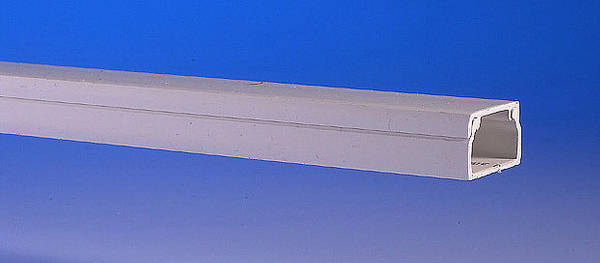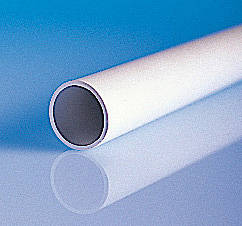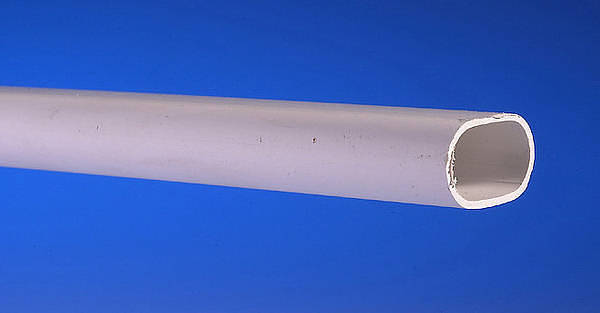Hello peeps I am new on here so as it says, please go easy !! Ok my question is as follows: We live in an old remar concrete built house, ex local authority which has plaster board walls. If I want to run another wall socket in, would I be best putting in trunking with in the wall space, as the cable that is allready in there, is not trunked ???
Dave
Dave




